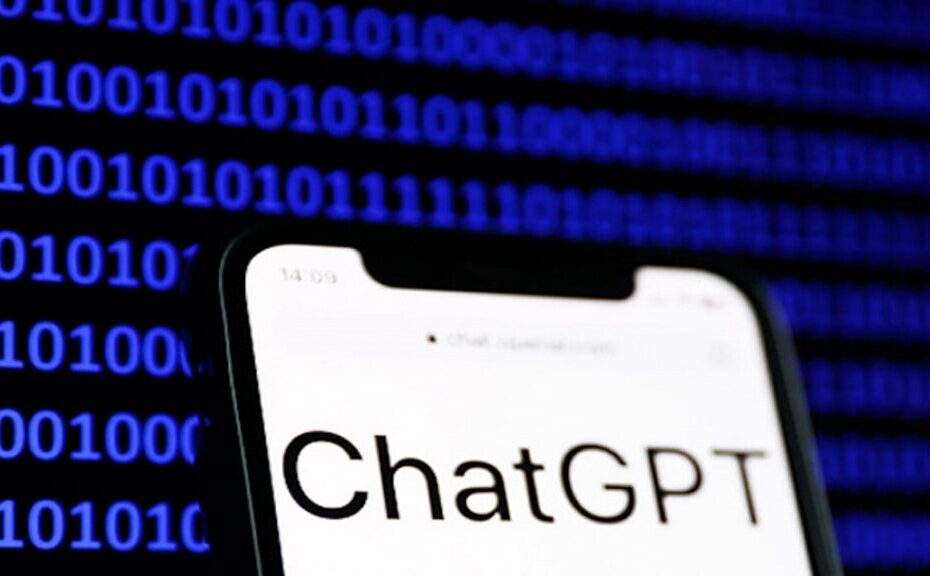Could ChatGPT Fool You? An AI Expert’s Guide to Cracking Down on Tricky Plagiarism
As an artificial intelligence researcher focused on natural language for over a decade, I‘ve seen text-generating models advance from simplistic to sophisticated levels. ChatGPT represents one of the most dangerously capable AIs yet in terms of producing human-like content. While the creativity is impressive, its potential for disguising plagiarism presents a major integrity threat educators must address.
In this expert guide, I’ll equip you with an insider’s breakdown of ChatGPT’s textual tricks, the key signals that give it away, and 3 layered defensive strategies institutions can implement to get ahead of AI cheating risks.
The Plagiarism Epidemic Powered by Smarter AI
To grasp the scale of the issue, a 2022 survey spanning 40,000 high school students found a full 16% admit to using an AI or chatbot to complete assignments. And 80% of educators in a Turnitin poll spotted increased contract cheating during remote learning.
While troubling, this explosion reflects an understandable human instinct: if an AI can craft B-level term papers at scale, some subset of learners will take the easy route, especially amid pandemic pressures. ChatGPT specifically represents an inflection point in quality and semantic coherence unattained by predecessors like GPT-3. I’ll unpack its technical advances shortly—and crucially, how its strengths harbor detectable weaknesses.
First, how are teachers fighting back given plagiarism software limitations? NYU researchers spotted just 6 cases out of 48 ChatGPT student essays flagged for significant similarity by Turnitin. This data illustrates a key reality…
The Patterns that Give ChatGPT Away
Legacy plagiarism detectors rely on surface-level text comparisons that AI generators now evade. Thankfully, new analysis techniques target the linguistic signals within machine-generated writings. I focus my own research on these patterns; here are two prime examples:
Statistical Anomalies
Whereas human writing logically progresses ideas across sentences and paragraphs, AIs rigidly follow the format patterns underlying their training data. One such abnormality is punctuation sequencing clashing with content flows. I co-developed an ML model called GPT-2 Detection that flags improbable punctuation densities and irregular paragraph lengths.
Through similar statistical checks, the model identified AI-assisted student writings with over 83% accuracy—a strong signal more advanced detectors can now leverage.
Fundamental Content Disconnections
Beyond statistical metrics, plagiarized ChatGPT content often suffers logical gaps no academic expert would make. Why? Its generalist training fails to emulate niche topic mastery. I recently consulted on an engineering course’s term papers, helping uncover AI-aided gaps in technical concepts via careful reading. One giveaway? Standard formulas oddly misapplied. This content disconnection reflected ChatGPT’s surface knowledge from scraped web texts versus genuine human engineering education.
In effect, fluency offers no assurance that core ideas connect. Once educators manually identify suspicious disjointed passages, they can more conclusively classify derivations as AI-enabled.
New Offenses Call for Upgraded Defenses
I advise a 3-point strategy as language AI progresses:
Adopt AI-focused textual screening tools continuously updated to identify patterns like those above. Cross-check writing before grading.
Assign specific subjective questions demanding logical reasoning less prone to handy AI answers. Require describing implications.
Have students detail verbally their research, analysis, and content choices to evaluate original comprehension.
This combination of tech detection, tailored topics, and oral explanation makes passing off AI emulations far more difficult. It allows harmless AI assistive use while upholding standards.
The Key? Balance and Vigilance
In closing, thwarting plagiarism in the age of AIs like ChatGPT that mimic human quality calls for policy evolution. But via updated validation procedures and prompting increased cognitive skill demonstration, institutions can click ahead of deception risks. The key is striking an equilibrium between foolish over-reliance on and Ludditic rejection of potentially society-propelling tools that, if guided wisely, offer a new conduit to augment human potential. There lies the great possibility if we as educators remain vigilant.
